Alcohol, An Exploding Population and the Irish Temperance Movement
Did the Irish Temperance Movement impact your ancestors? Join us as we unveil the influential story of Fr. Mathew and his monumental efforts to combat Ireland's alcohol crisis in the 1800s. Was your family among the many who took the pledge?
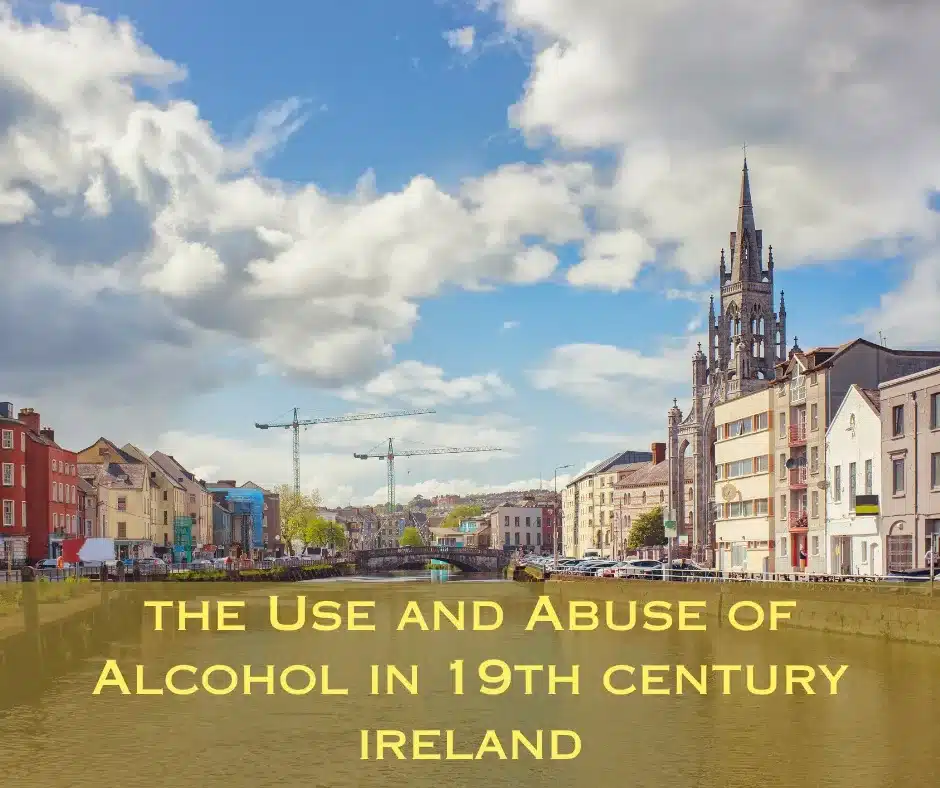
As I’m writing this letter in the evening, I’m enjoying a “drop” of Irish Whiskey (Green Spot if you must ask) and I do hope you have a drop/cup of whatever you fancy yourself as we start into today’s letter. Our subject for today’s letter is the effect of alcohol – and abstention from alcohol – in Ireland in the early to mid 1800s. In this letter too we learn of a man who led one of the first mass movements in Ireland, the Irish temperance movement. Maybe one of your Irish ancestors was at one of his rallies? Read on and find out.
Taking a Bus to See Father Mathew
When I was a young lad, I hopped on the “number seven” bus to get to the middle of Cork city. Clearly written on the front of that bus was the word “Statue” – meaning you were travelling in the right direction – towards the centre of the city. The “Statue” in question was the final stop for most buses before they turned around and headed back to the suburbs. In fact, the “Statue” in question did not need a name – it marked the centre of the city and was the statue of a priest called Theobald Mathew who lived back in the early 1800s. More about why this Capuchin priest deserved his own statue later on- but first let’s travel back to Ireland of the early 1800s.
A Rapidly Growing Population in Ireland – and All the Problems that go with it
In the 1600’s, the population of Ireland was estimated at about 1 million. By the 1700’s, it had doubled to just over 2 million. By 1821, the time of the first official census, the population had exploded to 6.8 million. It went on to grow to 8.18 million by 1841 before the Great Famine hit – triggering a decline in the population back down to 3.5 million by 1951. To put these numbers into context, the population on this island today has only recently returned to the 1821 level of 7 million people.
Today, the majority of the Irish population live in towns and in cities. In 1821 it was the other way around. The majority of people lived on minuscule farms dotting our countryside and islands. These people lived a short and difficult life. They welcomed any means to forget the daily grind, even if just for a brief time. Alcohol, mostly in the form of spirits, provided a welcome break from the tough life of many people of the time – not just in Ireland, but across much of the world. However, alongside this growing alcohol consumption and increasing population (think about all those alcohol-fuelled arguments on who should get the farm) came increasing violence both inside and outside the home.
By the early 1800s Ireland was awash with alcohol. Duty which was previously increased on imported spirits led to the building of illegal stills across much of rural Ireland. This in turn led to easy access to home-made spirits. The effects of this increased alcohol consumption was a worry to many different groups in our society at the time. It was a problem from a law and order perspective, farms and households were becoming less productive, women were being affected by increase violence in their own homes and revolutionaries saw increased alcohol consumption as taking the focus off the job of freeing up Ireland.
By the 1820’s and inspired by American examples, temperance movements were started in Ireland – usually in protestant communities – to encourage the moderation of alcohol consumption.
Enter Father Theobald Mathew
Theobald Mathew was born in 1790 in Thomastown, County Tipperary. His family were comfortably well-off for the time and he received a full education – eventually being ordained in 1813 as a Roman Catholic priest in the Capuchin order.
He started his ministry in Kilkenny but after a short time moved to a friary in Cork city. He appeared to have thrived in Cork almost immediately. He learned Irish to hear confession from the poorest of his parish, built local schools for both girls and boys and opened dedicated burial grounds for catholics within the city. He became the local head of the provincial order and laid the foundation stone for the new Holy Trinity church – a church that is still in use today.
Rise of the Irish Temperance Movement
Around the time Father Mathew was becoming a leadership figure in Cork city, alcohol temperance societies were gaining in popularity across Ireland. These societies lacked support from catholics and Mathew was approached to help encourage membership among his own parishioners. Eventually the idea of “total abstinence” from alcohol had become a cornerstone belief of the Irish temperance movement. In 1838, Mathew became the president of the “Cork Total Abstinence Society”.
Members of the society had to take a pledge to abstain from alcohol and were cleverly given a medal to proudly show off that pledge. In less than nine months 150,000 had taken the pledge. The work of the society spread throughout Ireland. By the early 1840s the movement had probably reached much of the population – enrolling over 3 million people to take the pledge – effectively half of the adult population of Ireland.
An improvement in public order, safety and prosperity on farms was observed during this time. Here are some of the reductions in crime attributed to the total abstinence movement of the time:
- The number of homicides dropped from 247 in 1838 to 105 in 1841.
- “Faction fights” (large-scale community fights) went from 20 in 1839 to 8 in 1841.
- The number committed to jail went from 12,049 in 1839 to 9,875 in 1845.
- Transportations reduced from 916 to 504 over the same period.
However, the Irish temperance movement was losing its impetus by the time of the Great Famine in the mid-1840s. In fact, consumption of alcohol even grew as the population declined in the most rural parts of Ireland during those terrible times. Father Mathew diverted all of his own energy to supporting famine relief, called out profiteers and used his international reputation to fund-raise around the world. Although he suffered a stroke in 1848, this hardly diminished his energy for long. He died in 1856 and is buried in St Joseph’s cemetery – the cemetery that he founded – in Cork.
There is no doubt that Theobald Mathew inspired respect and affection in many of the people of Ireland. He also inspired them to take steps to control their own lives in even a minuscule way.
A statue dedicated to Father Mathew was sculpted and placed on a stone pedestal in the centre of Cork City in October of 1864 – the same statue that guided the bus of my boyhood to the centre of the city. It seems fitting that a man who dedicated his life to the people around him with his heart in the right place, should now occupy a space at the heart of one of Ireland’s most vibrant cities. What do you think?
I wonder if any of your own ancestors “took the pledge” during the Irish temperance movement at the time of Father Mathew?
That’s it for this week and feel free to share your own family surnames, places and stories.
Slán for now,
Mike.


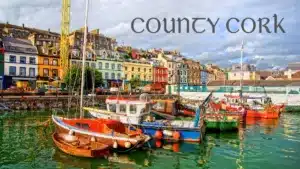
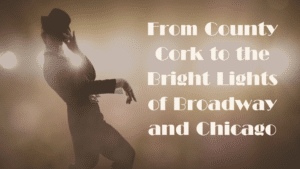
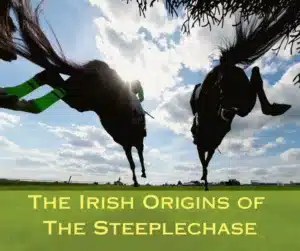
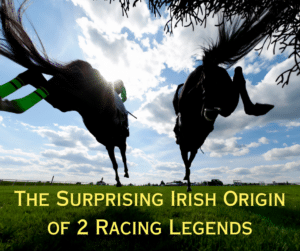
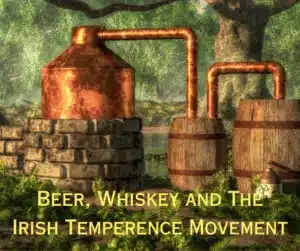
Only Plus Members can comment - Join Now
If you already have an account sign in here.